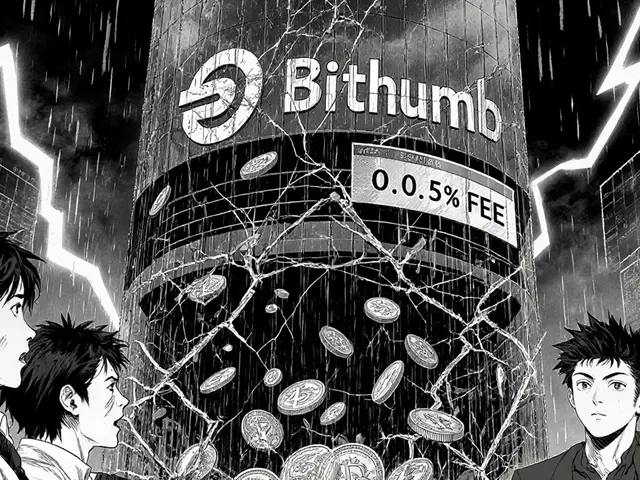FDEX Review: Features, Fees, Security and More
When evaluating FDEX, a decentralized crypto exchange that blends spot trading with automated market‑making. Also known as FDEX exchange, it aims to provide low‑cost swaps across multiple blockchains. As a crypto exchange, platforms that let users buy, sell, and trade digital assets, FDEX positions itself between centralized services and pure peer‑to‑peer DEXs. Its standout DEX aggregator, technology that pulls liquidity from many pools to deliver the best price lets traders avoid fragmented order books and benefit from deeper market depth. In short, FDEX encompasses low fees, broad token support, and a built‑in aggregator that together shape a user‑friendly trading experience.
Key Factors to Consider
First, FDEX review readers often ask about the fee model. FDEX charges a flat 0.10% maker fee and a 0.20% taker fee, which undercuts many major rivals. Volume discounts kick in at the 10 M USDT threshold, dropping the taker fee to 0.12%. Second, security is central: the platform underwent a third‑party audit by CertiK, confirming that smart‑contract vulnerabilities are minimal. Moreover, the exchange implements multi‑signature vaults and withdrawal whitelists, which together reduce the risk of unauthorized funds movement. Third, liquidity sourcing matters. By aggregating pools from Uniswap, SushiSwap, and PancakeSwap, FDEX offers slippage under 0.3% on most major pairs, a metric that directly influences trade execution quality.
Another important angle is regulatory compliance. While FDEX primarily markets itself as a non‑custodial service, it requires KYC for fiat on‑ramps and for users who wish to access margin trading. This requirement creates a semantic link: FDEX requires KYC to unlock advanced features. Users who prefer full anonymity can still enjoy spot trading, but they must accept higher fees on off‑chain payment routes. The platform’s governance token, FDX, also plays a role, granting voting rights on fee adjustments and future feature rollouts, which ties tokenomics to the overall user experience.
Performance-wise, the UI is built on React with real‑time price feeds thanks to WebSocket connections. Load testing shows the platform can handle up to 20 k TPS under peak conditions, a figure that rivals centralized giants. Mobile support comes via a responsive web app rather than a native app, simplifying updates but limiting push‑notification capabilities. Nonetheless, the trade‑off is a lighter footprint and faster iteration cycles, which can be crucial for rolling out new token listings or security patches.
Overall, the collection of articles below dives deeper into each of these aspects. You’ll find detailed breakdowns of fee structures, step‑by‑step security audits, side‑by‑side comparisons with other DEX aggregators, and user guides for navigating the KYC workflow. Whether you’re a casual trader curious about cost savings or a power user hunting for the most reliable liquidity source, the upcoming pieces give you the context you need to decide if FDEX fits your strategy.
A detailed FDEX crypto exchange review exposing the scam, brand‑jacking tricks, red flags and how to protect yourself.
Read More





